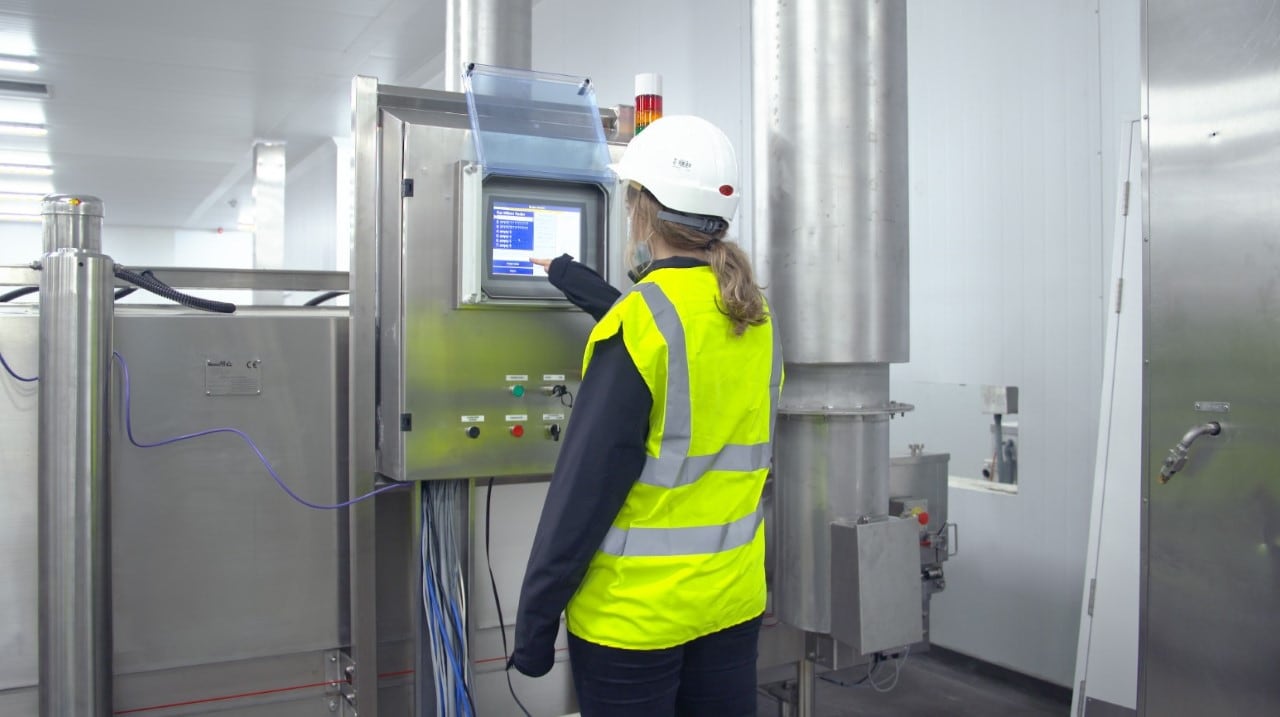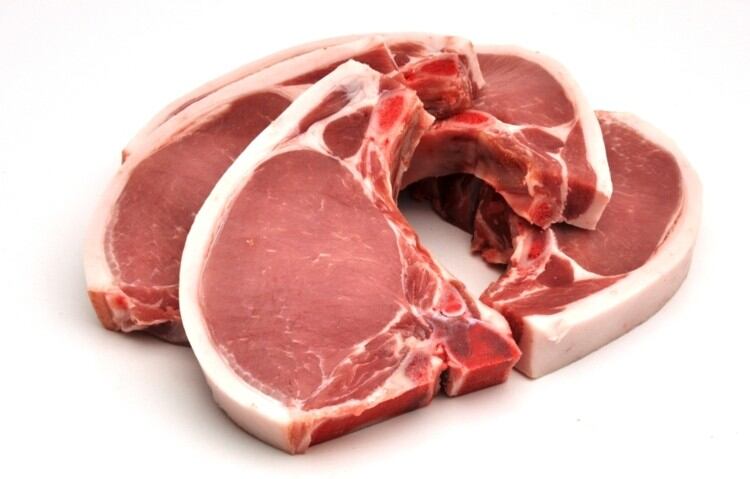The seafood processor has installed Air Products’ Smart Technology (APST) technology onto its cryogenic freezers to help track key process parameters and advise on how to improve processes based on advanced analytics.
As a result, the technology optimises cryogenic freezer use, improves efficiency, productivity, and sustainability, and gives customers better control on liquid nitrogen usage. It can also be integrated onto Air Products’ cryogenic freezers to provide real-time and historical data via an easy reading dashboard, which can be remotely accessed both by Air Products and its customers to allow both teams to review the information.
Rob Wilson, continuous improvement Manager at ISI, said: “The more data we can get from our technology, the better. With the APST dashboard, we’re keeping records of any trends, the cost per kilo and conversion rate by product – it’s extremely helpful to know which products we need to look at and which are costing us more money.
“We are still at a relatively early stage of application, but the data has already helped us to make strategic business decisions, such as discontinuing a product and swapping one of the small tunnels for a medium one to provide extra capacity – as it was obvious both were costing the factory money. Without APST, we’d never have known this.”
Monitoring data
One of the key features of APST is the sensor technology, which allows the user to monitor activity and diagnose any issues simply by looking at the dashboard.
“One of the sensors recently diagnosed something that needed adjusting, so I was aware of this before the team on the factory floor knew what the issue was; I can quite literally monitor the dashboard and diagnose problems without leaving my office,” Wilson added. “It gives us greater insight and the ability to diagnose problems particularly quickly, resulting in less downtime, which is essential to preventing performance interruptions.
Since ISI started using APST, the company has observed a noticeable improvement in liquid nitrogen usage in the last few months, which has a direct impact on its operational cost. It is also now able to react quickly to changing prices and liquid nitrogen levels.
“The future of the food sector will be driven by data,” Wilson continued. “Businesses won’t survive if they don’t use data in their production facilities, as they won’t have a true picture of what’s going on. Now that we’ve used APST, I wouldn’t want to work without it. The data is exactly what I need.”
Improving efficiency through training
Air Products provides training to its customers who will be using its technologies in a bid to further upskill and empower the work force. It's through this training it hoped to reduce waste and help businesses run more efficiently.
As part of this process, it shows operators how recipes can be added into the system. This means that operators don’t have to select a temperature option, as it’s already pre-programmed, helping to improve the efficiency and quality of the freeze.
Similarly, the system features an alert system that informs the operator if a fan isn’t working, for example, or if the correct temperature isn’t set or loading through the tunnel properly. The daily reports provide this intelligence, giving the user a greater understanding of the efficiency of the system.
It’s also a useful tool to provide additional insight and support when factory operators leave the team. The technology holds historical and real-time data, so all the information is stored on the APST system itself, giving food producers greater reassurance that they’re not losing knowledge each time an operator leaves and can continue production without interruption.
Streamlined processes
Neil Hansford, UK&I Freshline Applications product line manager at Air Products, said the goal was to help food producers to create the most streamlined manufacturing processes possible, especially during period of uncertainty.
“With APST, the technology helps food producers to reduce costs, downtime, along with product waste and liquid nitrogen usage – easing any financial pressures and environmental impact,” he explained. “Together, this will enable food producers to become more efficient, productive, and better informed.
“More than ever food manufacturers need greater control over their food processes to cater to the changing needs of the market. This new technology will bolster resilience and ensure manufacturers are ready for future challenges.”





